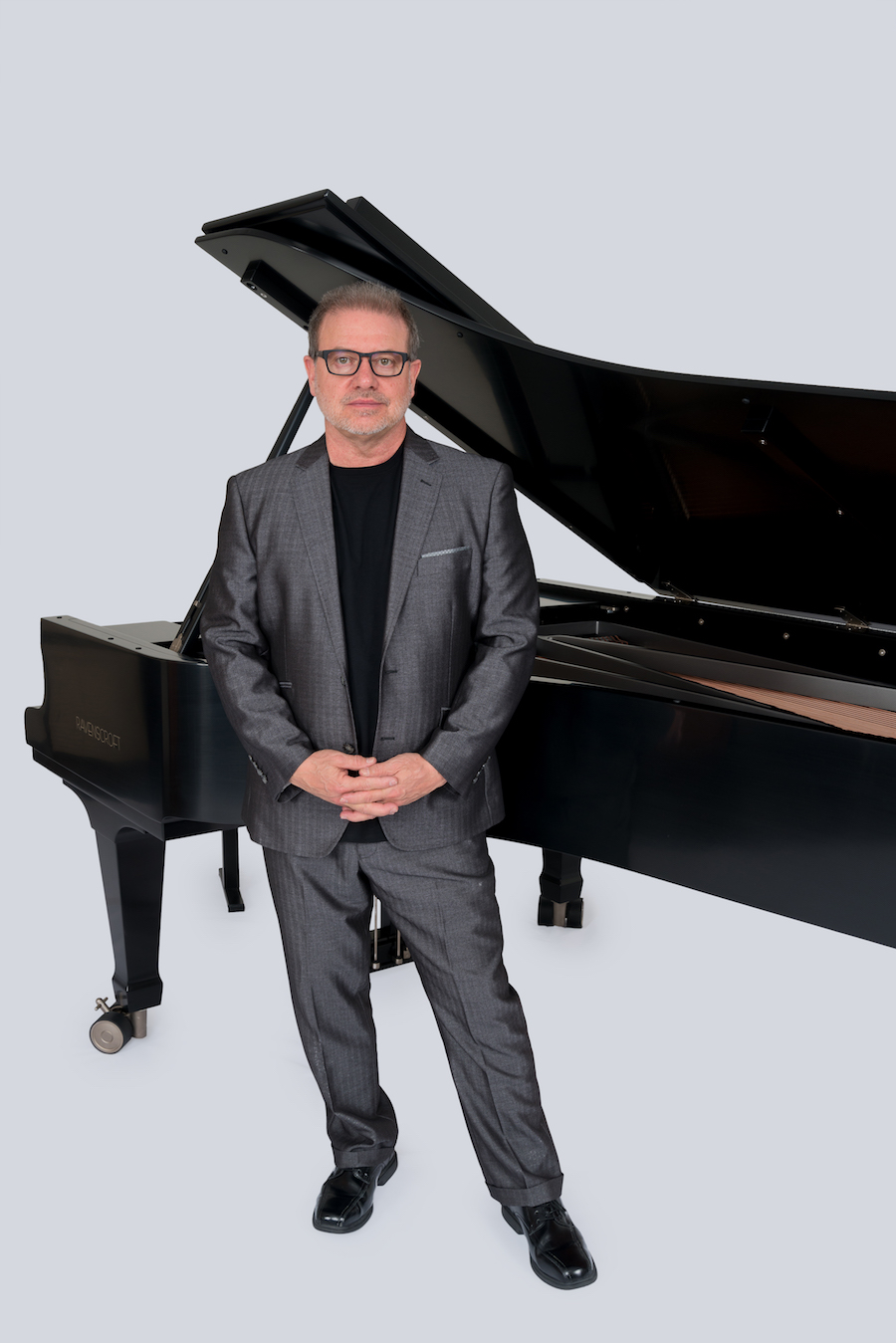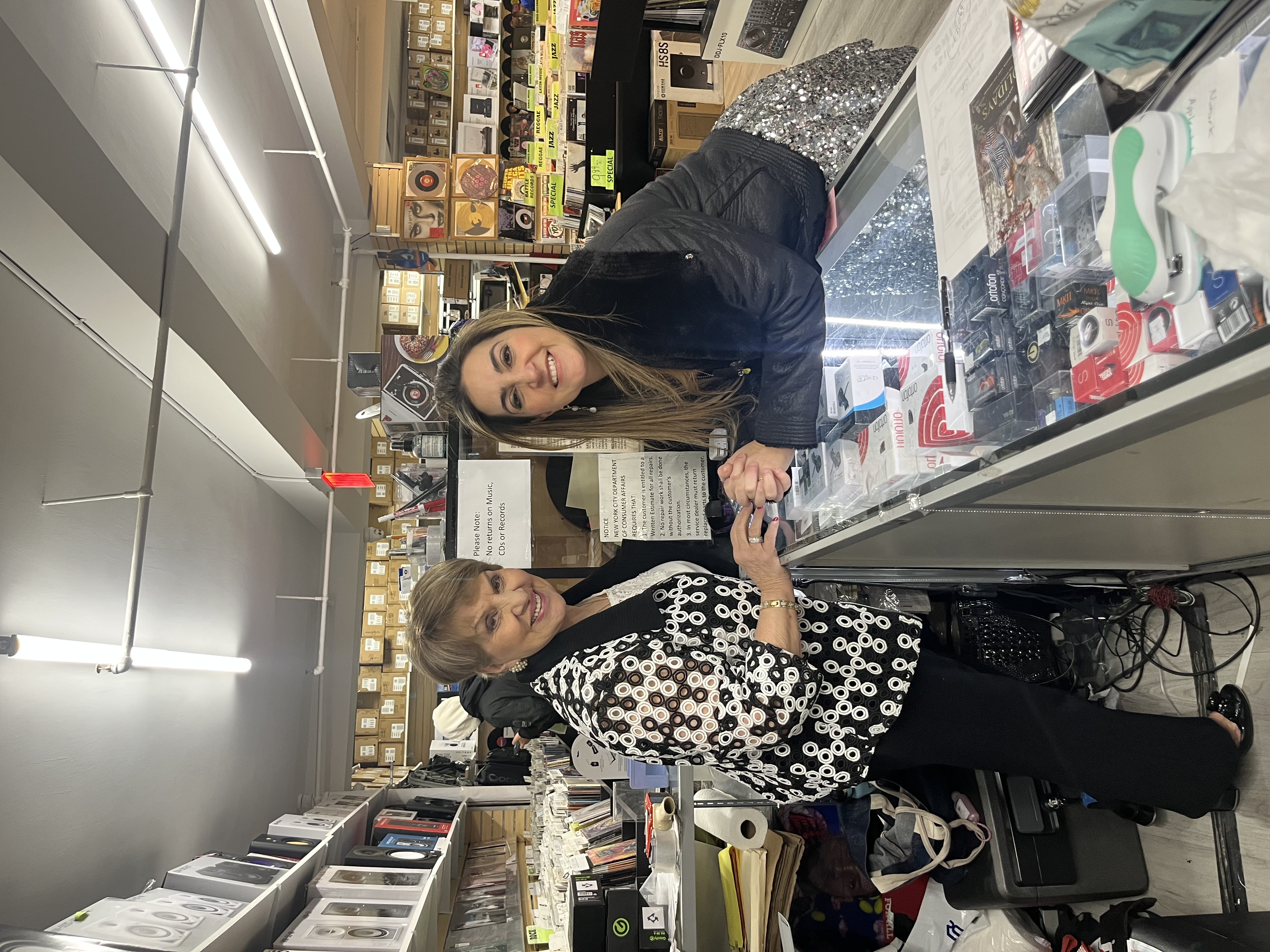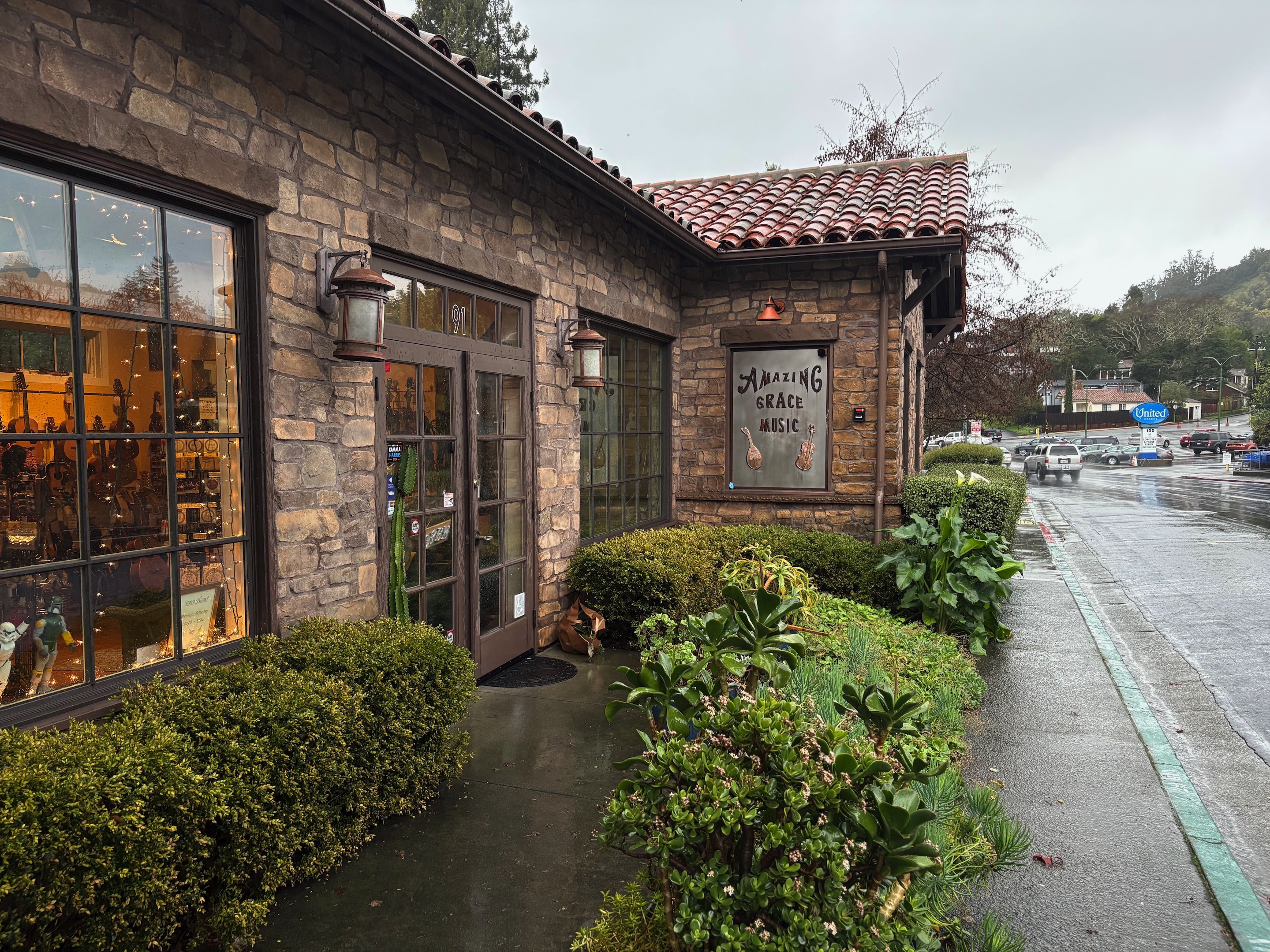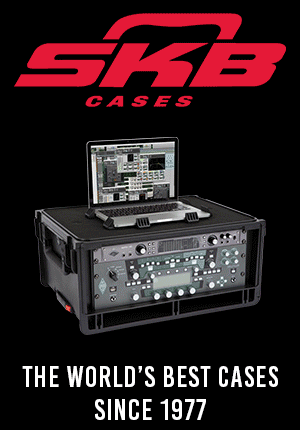
Michael Spreeman
January 17, 2022 I From the Top
Ravenscroft Pianos’ Michael Spreeman On Running Lean
By Michael Gallant
HQ: Scottsdale, Arizona
Founded: 2004
Employees: 2
Best selling product: Model 220 7-foot grand piano
Fun Fact: A trained concert piano technician, Spreeman hand builds Ravenscroft’s grand pianos with the help of his son.
How do you start your day?
Coffee and time in the hot tub! Building pianos is a very physical endeavor, and it’s also unique. Somedays you’re like a watch builder or an artist, dialing in microscopic adjustments. Other days, you’re locating the cast from a 500-pound iron frame. The hot tub is like having my own personal masseuse, and it gets my muscles loosened up for whatever physical tasks the day may bring.
How did you end up founding a high-end piano company?
I’m a trained concert piano technician and used to be the head piano tech at Arizona State University. I ended up servicing pianos for a man named Bob Ravenscroft, who had a really nice teaching studio in Scottsdale, Arizona, and who became a good friend. At one point, he asked me for advice on his old Baldwin concert grand, because he didn’t feel that the action was keeping up with him. It wasn’t an easy fix, so I told him that he could either buy a new piano or we could find a used piano shell and build him a customized instrument that would cater to how he wanted to play. He decided to move forward and ended up using the piano I rebuilt for him for years. Later, I moved out of state, but occasionally Bob would still fly me back to Scottsdale to work on that piano. One Sunday morning, he asked me if I’d ever thought about really building my own pianos from the ground up.
Had you?
Typically, guys like me don’t think like that because it’s cost prohibitive. But Mr. Ravenscroft offered me startup money if I was interested in giving it a try. I ended up moving to Phoenix and started to build pianos under the Ravenscroft name.
What makes Ravenscroft pianos unique?
In general terms, pianos are made up of three big pieces. The first is the belly of the piano — the soundboard, ribs and bridges, all of which amplify the sound. Some call it the heart of the piano. Then there’s the action, which is the interface through which the artist is able to communicate. And the third is the aesthetics, the cabinetry and casework. All three of those areas in our pianos are different than in anyone else’s. We’ve changed the shape of the rim, for example, and our actions are more accurate than on other pianos. We can accomplish that because we have the freedom to spend much more time on our builds than companies with factories.
Can you explain?
Because it’s just me and my son, we’re nimble and we can make changes on the fly. We don’t have to have a committee meeting with engineers to enact a change in the action. We probably spend two or thee times more time on a piano than a typical factory does, and I’m heavily involved in every build. I do maybe 60 percent and my son does the rest, as opposed to having one technician hang the hammers, another spray the lacquer, and so on. As a concert technician, I want to do as much on every sound-producing aspect of each piano as I possibly can.
How many pianos do you produce and sell?
To date, we’ve sold about one each year, and we’re on to piano number 12. We recently created a new build studio that’s four times larger than the building where we began, so we’ll finally be able to build three pianos at a time, rather than two. We‘re hoping to do two runs, so we can eventually produce three pianos every six months. That will be a real turning point.
Producing one instrument a year doesn’t sound like a typical business plan.
We’ve never been motivated by sales, per se. It’s more important for us to keep doing what we want to do, follow our experience, and create the absolutely best performance piano and playing experience for artists that we possibly can. Obviously, getting started in that direction required a big investment of capital, which we were lucky to have, thanks to Bob. One company goal that investment has enabled us to pursue is reminding the world that we still have artisans and craftspeople in America. We want to demonstrate that the U.S. can set a standard of quality in a world dominated by planned obsolescence, where so many companies are always trying to produce and sell more, as quickly and cheaply as possible. We decided to swim upstream and explore a blue ocean market, to forget about mass production and just make the most amazing instrument we could. There’s always room at the top, and, if you conduct your business with a focus on excellence and quality, people will recognize that and make a place for you.
Given that you have no marketing or PR staff, how did Ravenscroft first become known among musicians and the MI world?
What really launched us was showing our piano at NAMM in 2012. That first year, we had a piano at the Earthworks microphones booth and Stevie Wonder came and played it. From the opening moment, we had tons of hardcore Los Angeles studio players and music directors stopping by because someone would play it, text a bunch of friends, and then they’d show up and play, too. The entire week went by like that. More people played our piano at our first NAMM show than during the whole five years before that.
Why did you decide to sample your pianos as virtual instruments?
People like Myron McKinley, who’s the music director for Earth, Wind & Fire, wanted to take the piano on tour, but very few acts can actually travel with an acoustic concert grand. Myron recommended that we sample our piano so he could bring the sound on the road with him, and I took the idea to heart. In 2014, we licensed the sound of our 9-foot Model 275 to a small software company called VI Labs, and they sampled it to make a virtual instrument. VI Labs set up a distributorship through Guitar Center and the product has been very successful, which is interesting because — just like the acoustic pianos — there was very little marketing. The product sold itself. Once it hit the marketplace and began to be accepted, cosmic networks of piano enthusiasts who fell in love with it basically did the marketing for us. It was old-school word of mouth. We’re currently working in partnership with Prime Studio GmbH of Austria to create a virtual instrument version of our 7-foot Model 220.
What’s the process for creating a virtual piano from one of your physical pianos?
It can take two years to sample a piano and get it scripted and running correctly. The recording is a grueling process, and I feel sorry for the guys who have to do it! One person sits in the recording room and the other is in the control room, and the guy at the piano has to strike a key and silently hold his breath until the note is done sustaining. For the lowest notes on the piano, that can be three to four minutes. The Model 275 virtual instrument has 85,000 samples, and that’s made up of 10 different volumes of each note, plus [they have] to record every note both with dampers on and off in order to capture every sound the piano could possibly make. It’s a tremendous amount of meticulous work. But, in the end, the Model 275 virtual instrument sounded fantastic and realistic. And the Model 220 VI that we’re working on sounds so good that the engineers who recorded it couldn’t tell the difference between the virtual and acoustic instruments when they heard them played back to back.
That sounds like a great payoff, but a huge amount of work to get there.
It is, but again, we’re small and nimble, and we care much more about focusing on quality than how many units we sell. Larger companies have external timetables that are dictated by marketing and distribution deadlines, and [those] can be limiting factors when it comes to putting in the time to build something of the highest quality. When we work on virtual instruments, we want them done in a timely manner, but it’s more important that they be done correctly. Once this new VI is done, our end game will be to both sell directly to musicians, and to partner with other companies for distribution and sales around the world.
Do you work with dealers on your physical pianos?
There are dealers in key locations that would love to have our pianos, but, to date, every piano I build is sold before I’m done building it. It’s literally impossible to have any sort of dealer network at this point. We’re more like Tesla, where we manufacturer and sell our instruments directly to customers. That said, moving forward, I want to have our pianos placed with dealers in New York and Los Angeles, at least, for recording and concert use, as well as sales and overall visibility. As we increase our production, that’s a goal we’re working towards.
It sounds like you really love your work.
It’s very common for me and my son to walk into the build studio with smiles on our faces. Running the business is not all roses — lots of things can and do go wrong — but it’s still great. There are also lots of administrative things that have to be handled that I end up doing and would prefer not to, but we are planning to add staff as we grow.
If not music, what would you be doing?
When I graduated from high school, I almost went to Embry-Riddle Aeronautical University in Florida to train as a commercial pilot, but ended up going to school to pursue music instead. So, if I wasn’t involved in music and pianos, I’d probably be flying planes.











